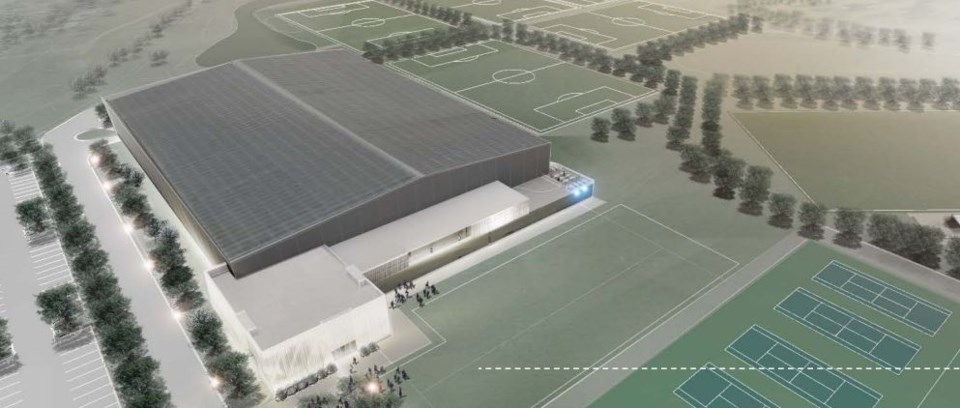THUNDER BAY – The city’s mayor is looking to get the ball rolling on a new indoor turf facility that could be a winter home for soccer and other field sports.
Bill Mauro on Tuesday night received unanimous support from the rest of Thunder Bay city council to establish a reserve fund solely dedicated to the pursuit of an indoor multi-use artificial turf facility, starting with a $4 million transfer from the Renew Thunder Bay Reserve Fund.
The creation of the fund, and shift of the dollars from Renew Thunder Bay, will not have an impact on the proposed 2019 budget.
“This needs to be a legacy project of this council. We need to do this and we need to get it right, at the same time trying to meet the near-term need,” Mauro said.
“If we build and enhance an outdoor field, to meet the near-term need potentially if we do it right, that field would not be money down the tubes. It could become the site and perhaps a permanent facility could be built over that.”
Soccer and other field sports have been left out in the cold the past few winters since the collapse of The Sports Dome in November 2016, leaving far more demand than there is available time at the only two remaining covered turf surfaces in Thunder Bay – the Lakehead University Hanger and the repurposed bubble on Confederation College campus.
The previous term of Thunder Bay city council last year declared indoor soccer a priority. Officials with Soccer Northwest have been proposing a $25-million facility, which would feature one full FIFA regulation sized pitch that could be divided into multiple smaller fields.
Last week, the organization instead asked council to consider constructing a new outdoor artificial turf field. That surface could be covered with a dome structure, with an estimated total cost of $6.5 million, as a stopgap measure while a permanent facility continues to be sought after.
Mauro, who said he had other ideas for ways to increase the amount of money in the fund, seemed to urge councillors to find a balance that wouldn’t allow the cost to undermine creating a facility that could last decades.
“We have a community that needs facilities to play on in the near term,” Mauro said. “We need to try to achieve that but at the same time I’m hopeful, and I respect that demand and that need, but I’m really hopeful that we don’t let that drive our decision on what becomes our long-term asset as well.”
A second resolution, which was also passed by council, calls for the city’s share of the newly implemented municipal accommodation tax to be steered into the indoor turf facility reserve fund.
The four per cent hotel tax came into effect on Sept. 1, 2018 and had been estimated to generate $2 million annually. The city will receive half of that amount and the other 50 per cent required to be directed to Tourism Thunder Bay, which has been designated as the eligible tourism not-profit entity.
“I see this as an opportunity to invest into our future,” said Coun. Shelby Ch’ng said. “The main reason I want to do it now and have it be 100 per cent is that these funds are not realized right now, so before we get dependent on them for operating or filling potholes.”
Coun. Andrew Foulds saw the decision to earmark all of the city’s portion of the revenue, without exploring other possibilities, as premature.
“We haven’t had the robust discussion about what it could be spent for and whether this is the biggest bang for our buck for this year or whether there are other opportunities,” Foulds said. “We haven’t really had the evidence to contemplate those. It is going to go into a reserve and next year we could put it into a reserve for indoor but we’re really hamstringing ourselves right now I think by making this decision.”
